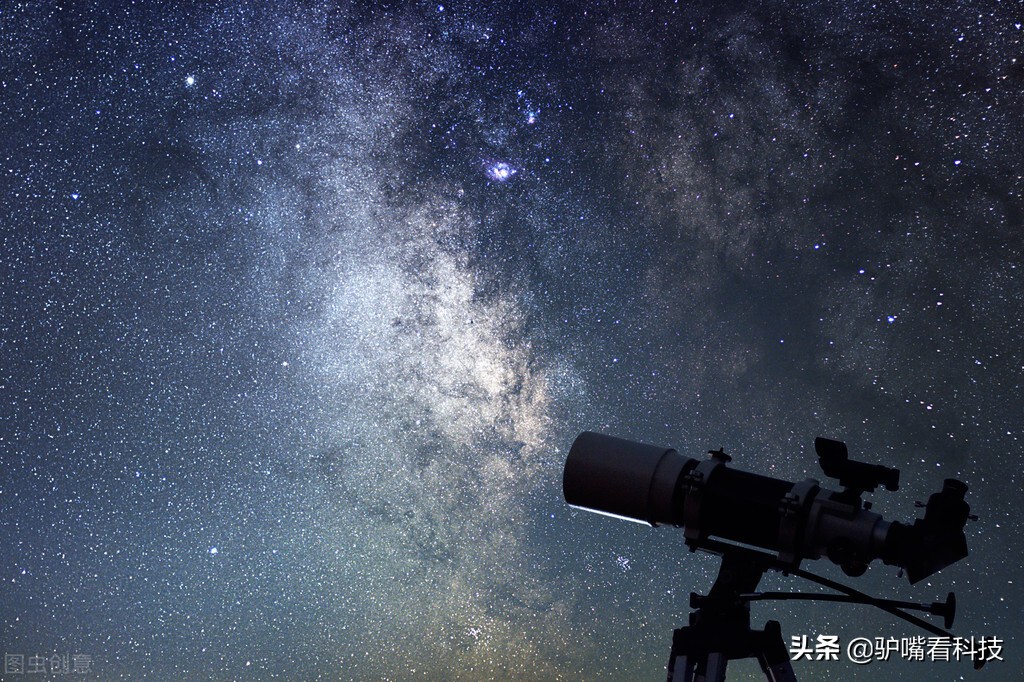The Tess Space Telescope aims to look for exoplanets very close to Earth. However, there is now a completely different discovery

The Tess Space Telescope discovered an exoplanet orbiting two stars at the same time, which took 200 days to finalize. The telescope wasn't actually designed to detect exoplanets with such long orbits; after all, it only observed tiny dimming of stars in a given region over a few days — indicating that the planet was passing by. However, in order to confirm the track, at least two such occlusions are required.
There is very little data for complex calculations
As NASA now explains, TIC 172900988 b is a Jupiter-sized gas giant planet orbiting two stars similar to the Sun. Many exoplanets orbiting two stars are already known, but TIC 172900988 b has a very wide orbit and stands out in a group. In this case, the calculation of the orbit data is extremely complex, inter alia, because it must wait 200 days to confirm the orbit. This is not possible for TESS, as space telescopes examine the starry sky sector by sector, and it doesn't take long. This discovery was made because of the structure of the system and the vantage points of stars and exoplanets. This is the first time ever that such a small amount of data has been used to calculate such complex orbital motion.
The TESS telescope is the successor to the Kepler telescope and has been in space since 2018. It has found thousands of possible exoplanets on its main mission, but still needs to be confirmed. The instrument focuses on the 24° x 96° area of the sky for at least 27 days and checks whether the stars in it indicate periodic dimming of exoplanets. For the two necessary occlusions, they must orbit the star in a matter of days, so what is found in this way is much closer to the star than Kepler found. However, it is also possible to find dimming in two different observations in the same area. Of TESS's 169 confirmed discoveries, 10 orbits were more than 30 days, and only TIC 172 900 988 b was more than 100 days.